Today's globe spin took us to Panama on a seemingly innocent, lush island of pristine beauty. I was fooled.
So this is where Van Halen were hiding, the largest island in central America: Isla de Coiba.
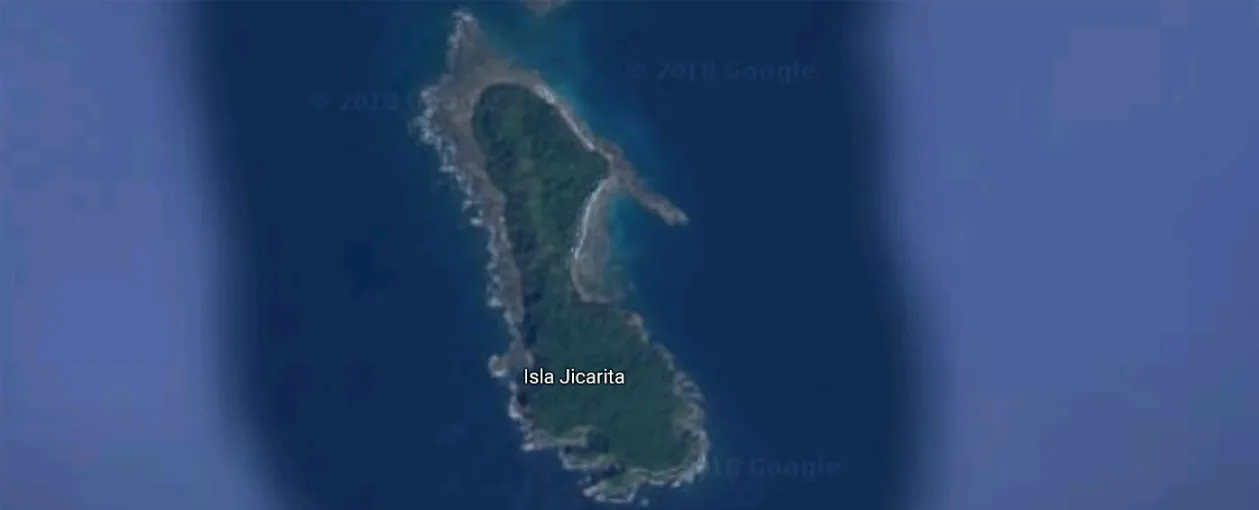
No no, not that one, the bigger one.
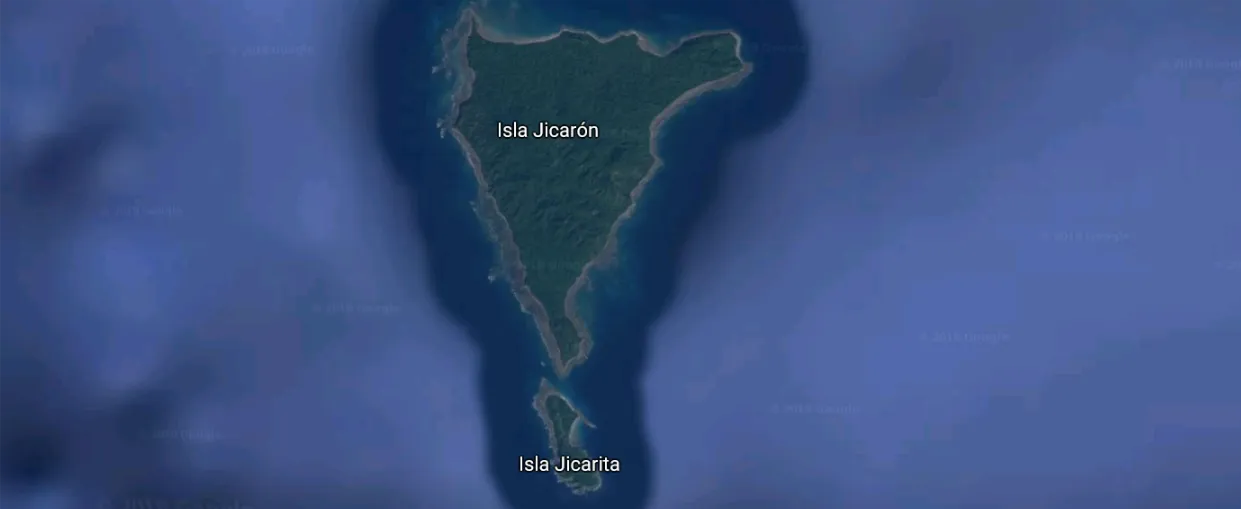
No, I said the biggest.
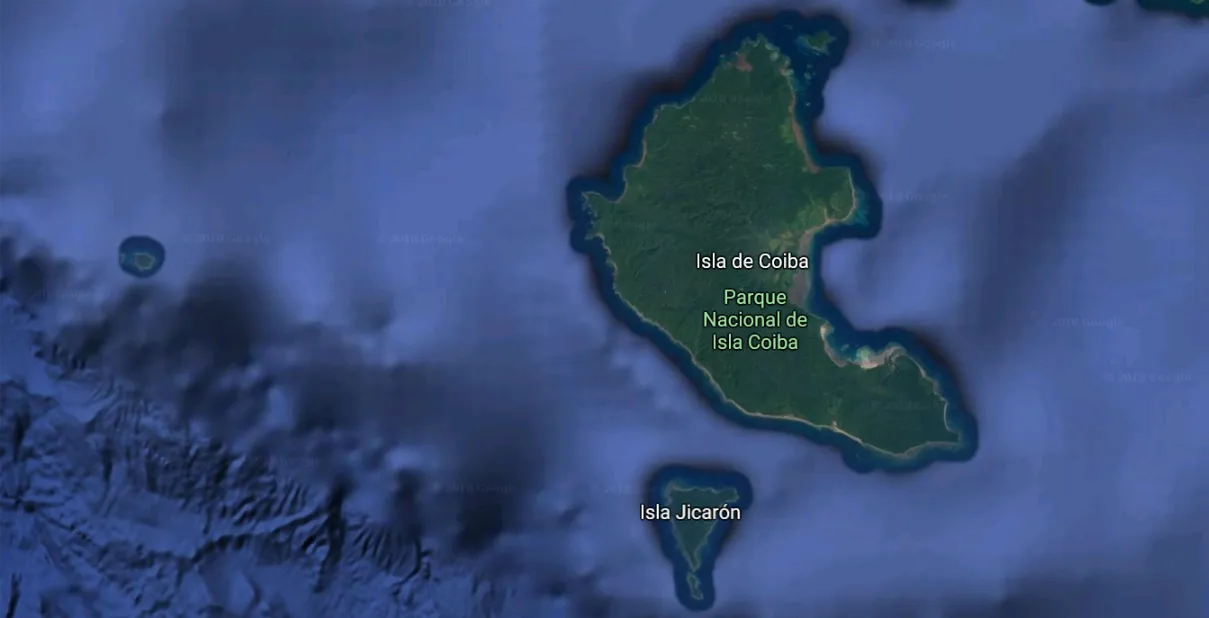
There we go.
Exploring this island on Google Maps gives very little, to be honest. This is an extraordinarily isolated place given how close it is to the mainland, a mere 10km or so away.
But wherever you look, it's littered with trees. Hm, harmless enough.

But it wasn't completely tree, maybe 80%. Though you can actually see in the above picture where a river has kind of carved a wavy path through the trees, some of the carvings are definitely human. I decided to follow a trail I found near the shoreline to see what I could find, see what humans have been up to here. Spoiler: I... uh... oh dear.
The trail I found started at the beach around the mid-north-east of the island, and veered into the obscurity of the jungle one way, but could be continually followed across the shore. You can see a vague outpost or something here:
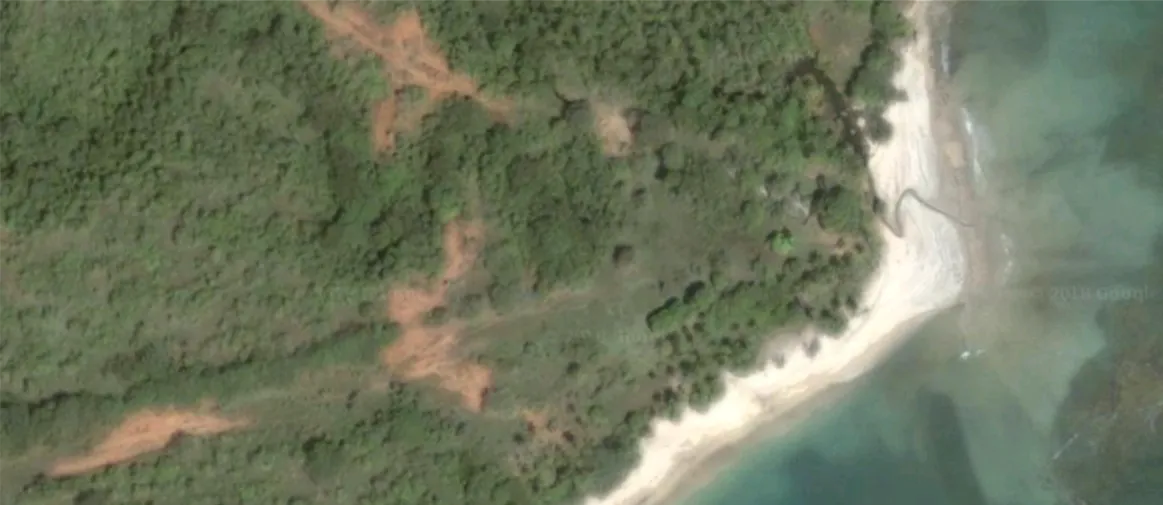
After going about a 20 minute drive I guess, I came across an actual settlement of some sort, complete with air strip. Perhaps this is where most people get on the island, I thought to myself:
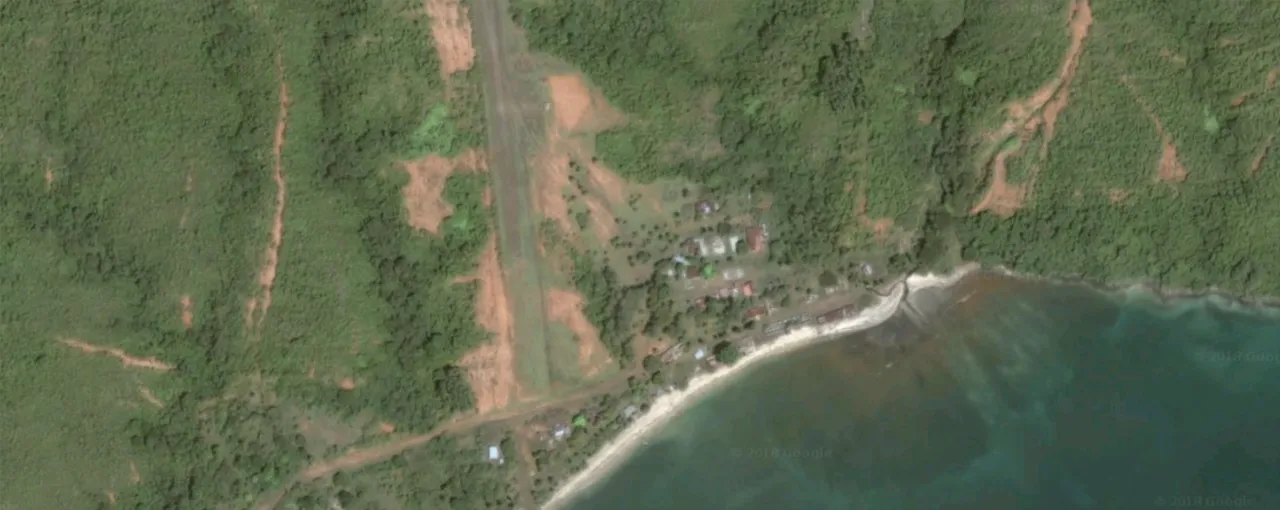
Frustratingly there were no names, no labels, nothing. The only hint I had was a pier just off the screenshot. HOW BORING, I thought to myself. What a fool I was.
Following the road further and I came across what seemed to be a lovely English country home. Lovely!
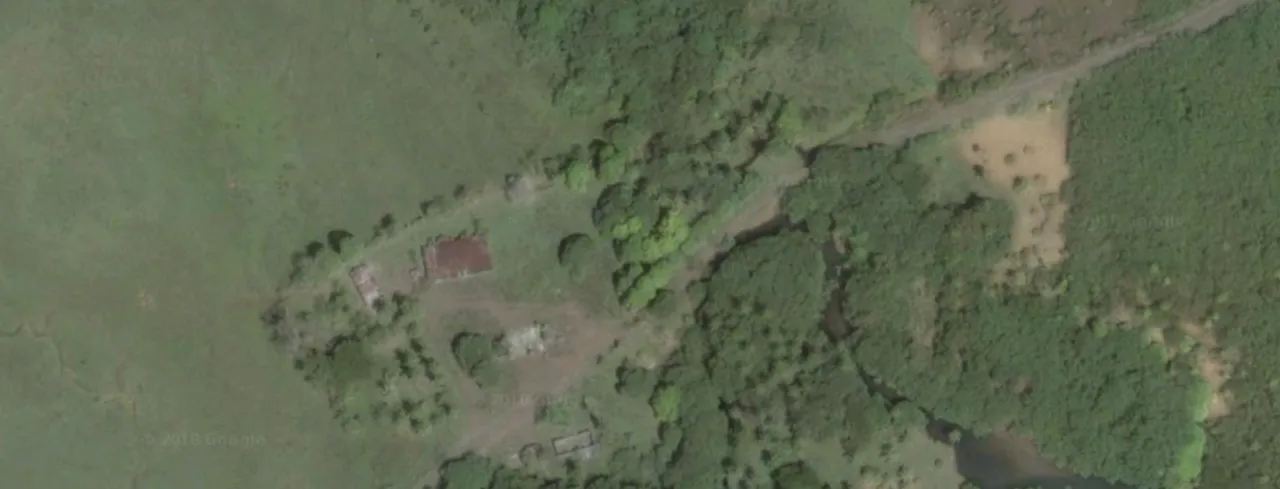
And a second one nearby. But continuing down, we end up at a disappointing end as the road just kind of fizzles out by a river and perhaps some kind of small shack, as if this was everybody's mystery destination:
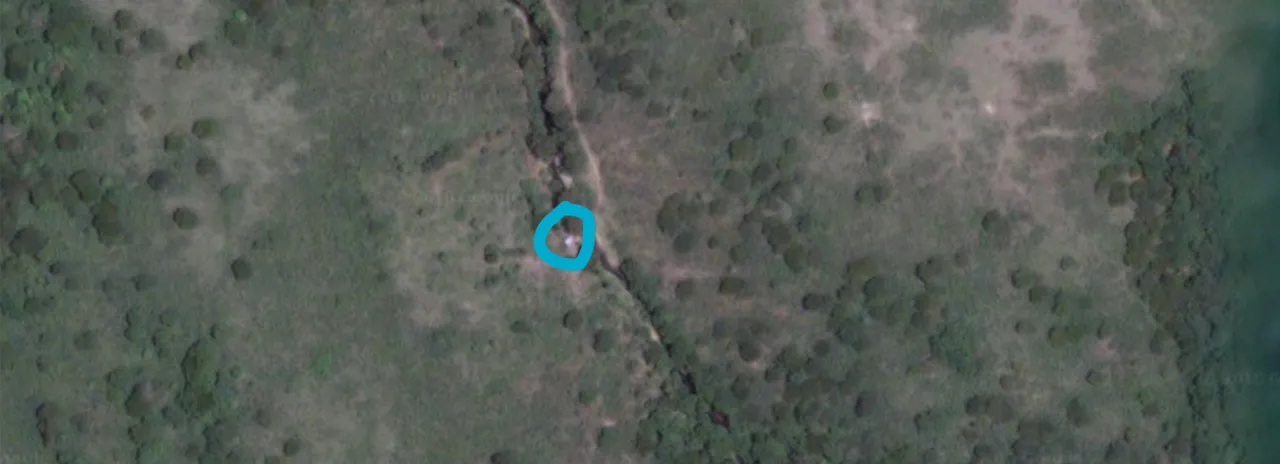
Not a single point is plotted on the map, no details, no photos, nothing. Nice job, Google. At this point, we're still pretty much in the mid-north-east, having covered pretty small ground of this 500km2 island. But as far as a brief perusal went, this was the only sign of human interference I could find and was otherwise quite a pleasant getaway. It was time to check out some websites and really discover how wrong I was.
Ecology
So it turns out this island is the ultimate paradise when it comes to protected species. In fact, there are species of trees on this island that no longer exist anywhere else in the world, thanks to deforestation on the mainland. Half the animals you ever get to see on the island are still unknown to humans, and the ones we do know are by and large endemic to the island, such as the Coiba Island howler monkey, Coiba agouti and the Coiba spinetail.
The islands ecological strength lies in its marine life, however. It serves as a haven for sharks, whales, rays, fish, turtles and even crocodiles. What brings the fish? Why, only the largest coral reef on the American Pacific Coast!
Unfortunately, a deeper look than Wikipedia showed it's not all heaven on earth. The corals are taking as much as 80% damage and death from bleaching effects, but thankfully, for the most part, this island remains one of the greatest protected national parks in the Americas.
So what's with all the foreshadowing, @mobbs? Seems like a nice place we should treasure.
Well yeah, but here's the thing. Not only is it protected by humans, but the wildlife thriving there is out to get you. US Army Ranger Chuck Holton, a frequent visitor describes the whole island as 'malicious' - everything is poisonous and really fond of the idea of you being dead.
I’ve never been anywhere where I felt so much like nature was trying to kill me...It’s not a fun place to go camping. It’s probably the most Indiana Jones-style adventurous place I’ve ever been in my life.
The man continues with his hauntingly descriptive insights into an otherwise unknown, country-sized island:
We’re talking about a place with mutant animals, trees that can hurt you and crocodiles that lay hiding in wait. There are lots of species of animals that exist there — there are mice the size of watermelons, deer with short legs, strange lizards you don’t see anywhere else, as well as gigantic bats.
There are trees that when it rains, as the water filters down it produces an acid that will burn you if you’re standing underneath. There are also snakes that fall out of the trees.
They also have bugs that are like sand fleas and because there’s not much to eat out there, when you show up on the beach, after about 3pm it’s like someone sprinkled pepper on your skin. They’re tiny, but they must be nothing but teeth, it’s like being stung by a bee.
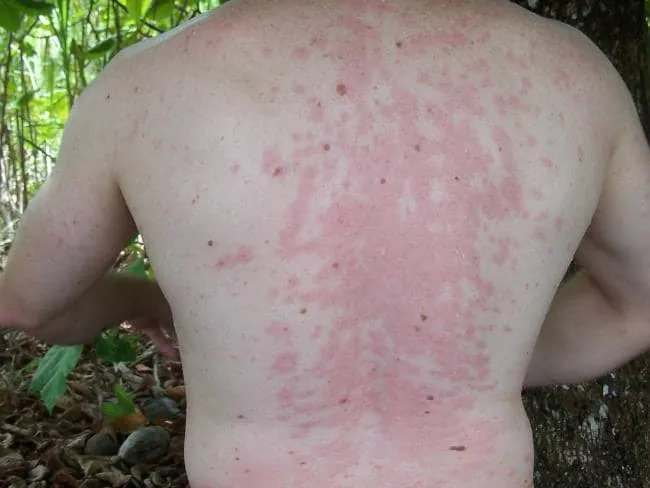
There’s 500 of them that descend on you at the same time. We wore gloves, long pants, and head nets, they are horrific.
Well, let's hope it stays that way. Keeps the tourists out and gives the ghosts some peace.
The what?
Oh, didn't I mention the island was HAUNTED??
I do apologise.
As it turns out, a penal colony was built on Coiba Island in 1919 during Panama's days of dictatorship. And as we know, dictatorships always come with secretly brutal torture prisons, and Coiba Island was the ideal location for this. Nobody really knows to what extent the extreme horror went on over there, but prisoner deaths are said to have been around 300.
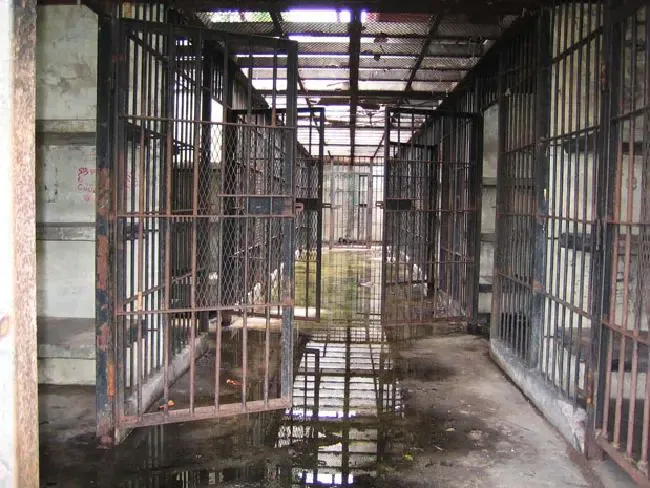
of the 3,000 prisoners held here at any given time, few would likely ever return. They were called 'los desaparacidos' - 'The disappeared'.
Remember how nature was out to get you on Coiba Island? This applied to prisoners too. When any prisoner escaped:
The guards wouldn’t even bother to look for them, as they’d either die or come crawling back in.
Often, prisoners were packed in cells together, accused of all having AIDS, and if one should perish, the others simply had to live with a rotting corpse.
Others were put in a windowless, concrete box for 7 months at a time, fed once a day through a small sliding food door which would, of course, be excreted to join the rest of the 8 inches of excrement the prisoner had to continually live in.
Naturally, these prisoners went insane.
The prison remained functional until 2004, and since the island was apparently otherwise completely untouched, it became the UNESCO reserve it is today. But, since the prison shut down, numerous ghost sightings had been reported.
One story talks of a security guard who, upon seeing a ghost, was so scared that he ran away and eventually shot himself.
Well then.
Remnants of the prison still exist of course, including the pier mentioned earlier:
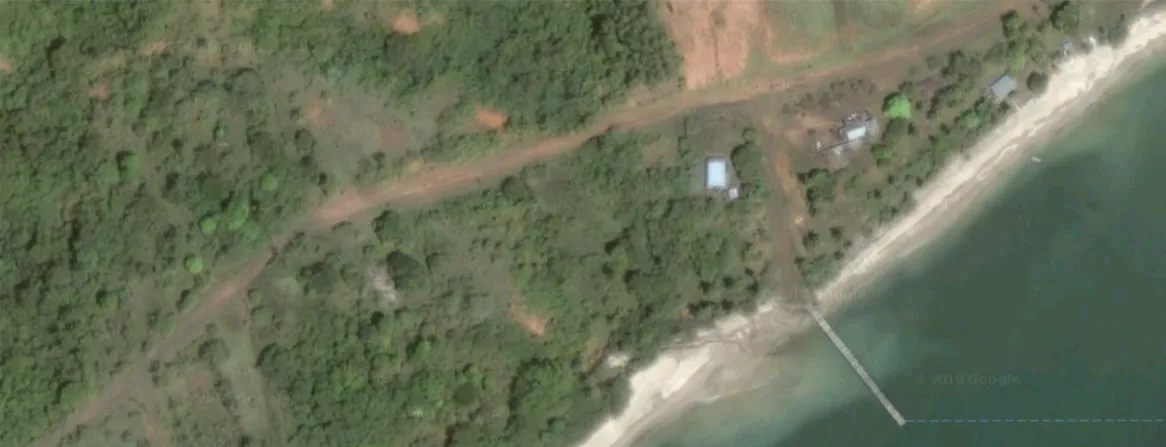
And tourism is naturally still a thing. Who could resist such beautiful marine life to snorkel around and a trained crocodile that will kick a ball back and forth with you? I actually saw a rather large cruise ship on Google Maps around the northern part of the island - the only place tourists are permitted to go:
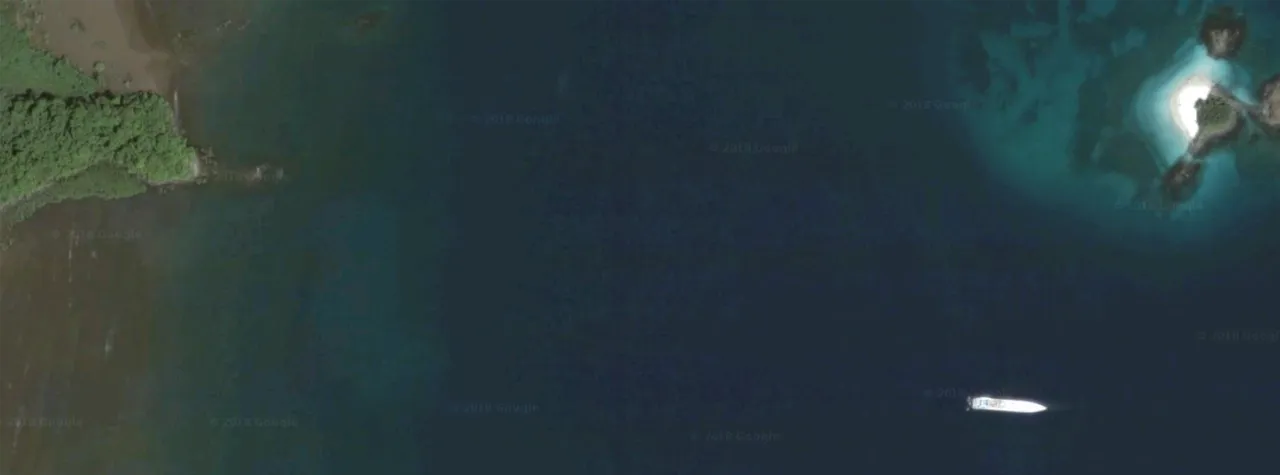
But Chuck Holton also pointed out that this island is a perfect stop-off for drug smugglers, so maybe I caught one in the act. Not to be deterred by sand fleas, smugglers even set up shoreline camps here, so the locations we saw above could also belong to one of Escobar's still-living goons.

The Island that Keeps on Giving
Oh man, there are so many more secrets on this island it's unreal. For example, rumour has it there were Coiba Indians living here until 1560 when the Spaniards came and slaughtered them all, but some artifacts found suggest there may even be a lost city in there somewhere, up in the mountains.
There's also evidence discovered suggesting a secret CIA base from post-WWII, and Panama temporarily made it a base for their own special forces until Americans filled the place with land mines. To top it off, a mass grave, presumably from the prisoners killed by guards and dumped, was found in one of Chuck's expeditions.
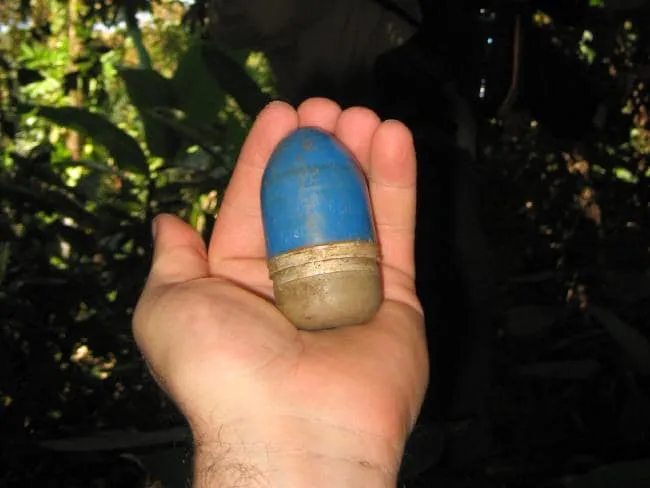
So, who wants to join me? The island is a paradise for adventurers, criminals, drug addicts, archeologists, war veterans, ecologists, suicidal teenagers, tourists, kayakers, scuba divers, and, if you want, we can pool our money together and buy the island right next to it for a mere $10,000,000!
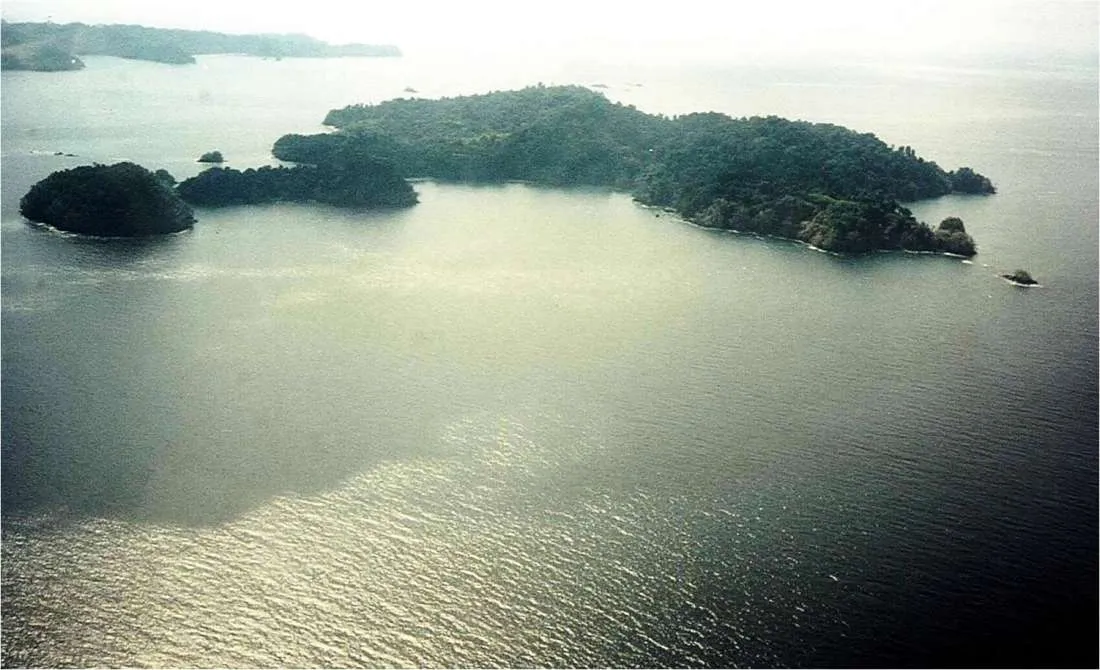
Oh, one other thing I should point out. Remember that TV show 'Lost'? I'm pretty sure this is that island, but the island doesn't want you to see the evidence and scrambles our satellites accordingly:
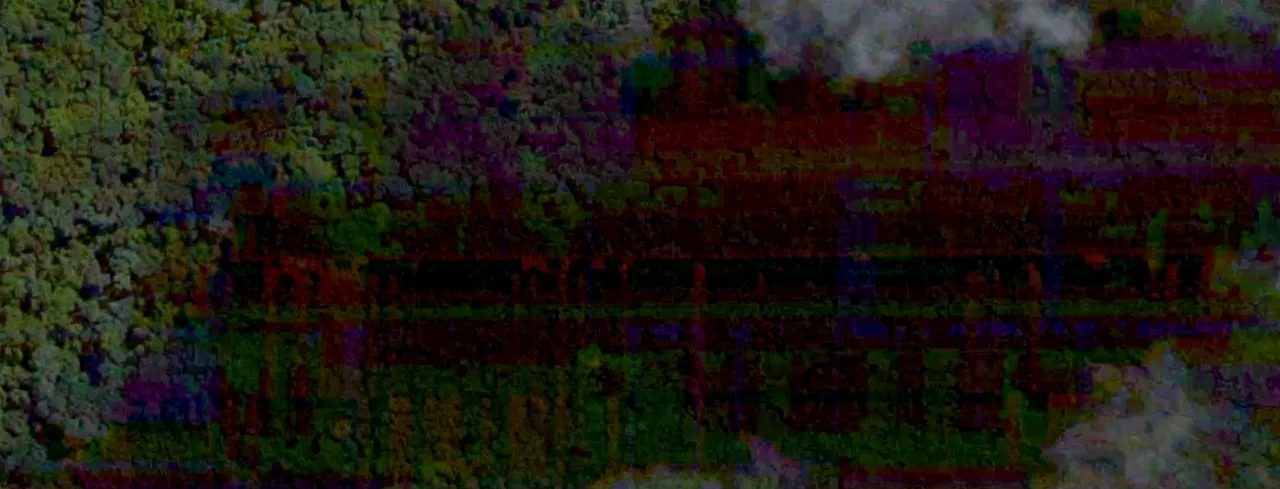
If you want to see more amazing photos of marine life here, visit This NatGeo page - it's worth it.
References:
Extensive ‘Bleaching’ and Death of Reef Corals on the Pacific Coast of Panamá
History of Eastern Pacific Coral Reef Research
Pictures acquired from Chuck Holton and Google Maps.
